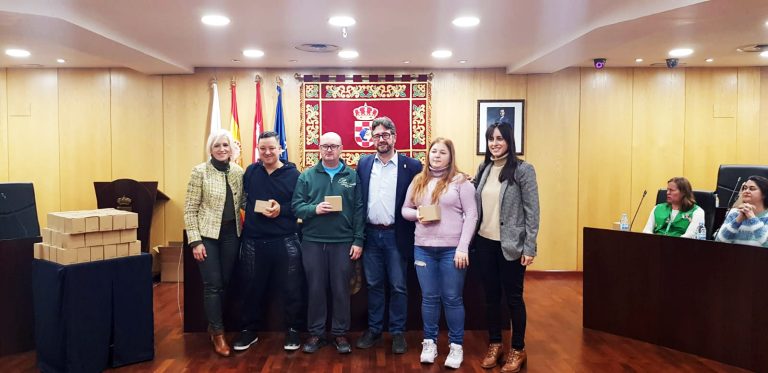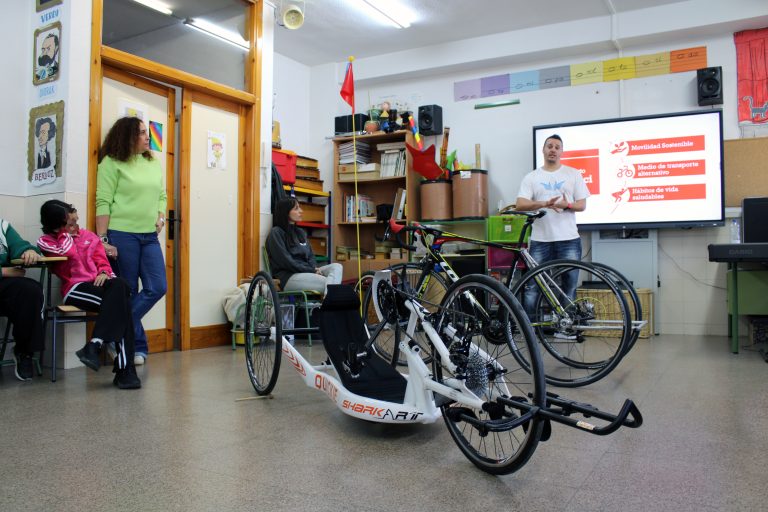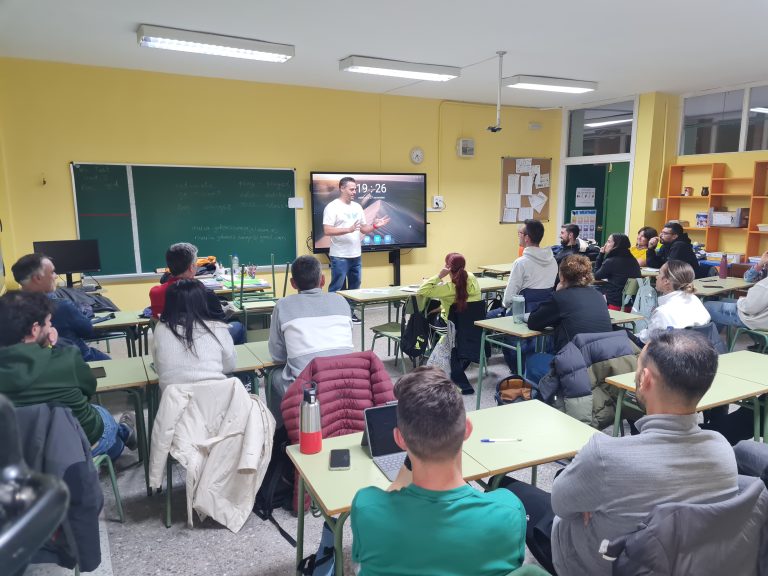Idemticos ambassador José Manuel Dosdad takes on his own 30-day Tour of Spain

The Catalan, who lives in Granada and is an ambassador for the Idemticos project of the Contador Foundation, starts on 7 June an adventure he has been imagining for many years: “You get everywhere slowly. We are in no hurry and the aim is to enjoy the experience. I’m already having a great time. They say that when you embark on one of these rallies you enjoy it three times, because you enjoy it when you plan it, you enjoy it when you do it and you enjoy it when you remember it”.
The first edition of the Vuelta a España was held in 1935 and started and finished in Madrid. A few years earlier, there had been some attempts to start the Spanish round, even with Barcelona as the start and finish of the imagined route. Now, in 2022, another Vuelta a España is coming. Even more special, if possible, with José Manuel Dosdad as the protagonist. The ambassador of the Idemticos project of the Contador Foundation will leave Granada on 7 June to return to the Nasrid capital approximately 30 days later. Dosdad’s Vuelta, solo and with panniers over road and gravel routes.
This challenge was a long-standing aspiration of Dosdad. “I had always said to myself ‘one day I have to do a tour around Spain on a bike’, but as something for the future. Last winter I bought a gravel bike, tried a bit of bikepacking and I really liked it. Nothing to do with a mountain bike and panniers, it’s much lighter and more comfortable in terms of cycling kilometres from my point of view. And in the end I decided to go for it. It was also a question of age. I said to myself ‘look, if you don’t do it now, you’re going to miss the grapes'”, he jokes. A minimum of spares and a small bag and tent for the days when there aren’t so many hostel facilities will make up a good part of his weight.
After several months of studying maps and alternatives in depth, Dosdad finalised a route that sought to avoid orographic difficulties and steep slopes. “There will be days of 120 kilometres, there will be days of 180 kilometres… one day it will be 200 kilometres. It’s more or less a month and in between there will also be a rest day”, says the Spaniard, who lives in La Vega de Granada. “I’ve also tried to make the stages as flat as possible, although the geography of the peninsula is funny. While preparing the route I have tried to avoid mountain passes as much as possible. The average elevation gain is around 1,500 metres per day”.
His idea of the route is very clear: he will head towards Seville from Granada, go up through Extremadura and the west of Castilla y León to enter Galicia, an Autonomous Community where he will rest for a day. Afterwards, he will take the French route in reverse as far as Puente de la Reina, in Navarre, from where he will leave the Jacobean route to cross Aragon, head towards Lérida and continue on to Barcelona. There it will rest for another day. And from the area around Barcelona, it will descend to Granada along the Mediterranean arc to Murcia, where it will begin the return journey inland to return to Granada via the Hoya de Guadix.
“The plan is to do it for 30 days. Hopefully it can be like that, but things can always happen, like punctures and breakdowns, and maybe we’ll have to adapt some stages as we go along. We’ll see about that. But the original plan is the one we want to respect as much as possible”, says Dosdad. “We’re not in a hurry. We are in no hurry and the aim is to enjoy the experience. I’m already having a great time. They say that when you embark on one of these rallies you enjoy it three times, because you enjoy it when you plan it, you enjoy it when you do it and you enjoy it when you remember it”.
José Manuel Dosdad’s Vuelta a España.
Stage 1: Purchil – Martín de la Jara (138 km).
Stage 2: Martín de la Jara – Almadén de la Plata (153 km).
Stage 3: Almadén de la Plata – Alcuescar (189 km).
Stage 4: Alcuescar – Baños de Montemayor (176 km).
Stage 5: Baños de Montemayor – Villanueva de Campeán (130 km).
Stage 6: Villanueva de Campeán – A Gudiña (180 km).
Stage 7: A Gudiña – Cea (108 km).
Stage 8: Cea – Santiago de Compostela (85 km).
Rest day in Santiago de Compostela.
Stage 9: Santiago de Compostela – Sarria (113 km).
Stage 10: Sarria-Astorga (140 km).
Stage 11: Astorga – Castrojeriz (177 km).
Stage 12: Castrojeriz – Nájera (129 km).
Stage 13: Nájera – Ejea de los Caballeros (163 km).
Stage 14: Ejea de los Caballeros – Balaguer (190 km).
Stage 15: Balaguer – Santa Eulalia de Ronçana (166 km).
Rest day in Santa Eulalia de Ronçana.
Stage 16: Santa Eulalia de Ronçana – Cambrils (148 km).
Stage 17: Cambrils – El Grao de Castellón (179 km).
Stage 18: El Grao de Castellón – Xátiva (144 km).
Stage 19: Xátiva – Caravaca de la Cruz (201 km).
Stage 20: Caravaca de la Cruz – Guadix (175 km).
Stage 21: Guadix – Purchil (62 km).




